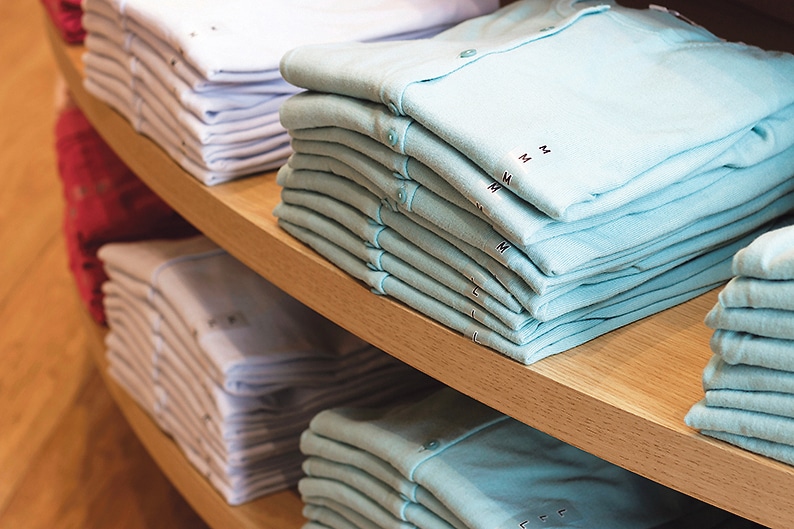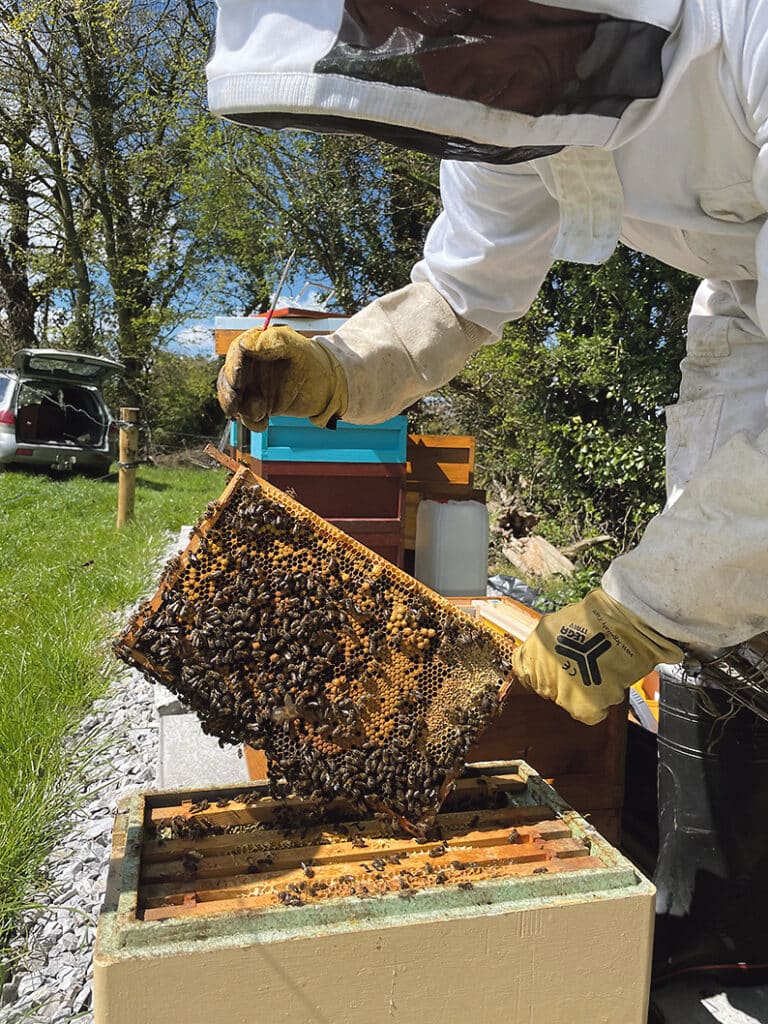
With summer most definitely on the way, it’s coming to that time of year when knitwear, scarves, and cosy jumpers are replaced with vests, shirts, and shorts. In the recent past, buying clothes was an occasional event – people would go out shopping when they outgrew what they had or when the seasons changed. But about twenty years ago, clothes became cheaper, fashion trend cycles sped up and shopping became a hobby, so much that many consumers now see fashion as disposable.
What we now call ‘fast fashion’ is a model built on an endless cycle of overproduction, one that exploits people and damages the environment in a race to extract as much profit as possible. When the Rana Plaza building in Bangladesh collapsed in 2013, killing over a thousand workers and leaving 2500 people injured, the world witnessed in disbelief the labour conditions that the workers of the fashion industry faced, in order to make clothing accessible and affordable to the people in the West.
Between 2000 and 2015, global production of clothes doubled. Cheap prices from clothing brands are only made possible because they produce in huge quantities and are ruthless about cost-cutting measures. A worker can spend up to 18 hours a day, producing clothes that go out of style so quickly they are designed to end up as waste. To put that in perspective, the Spanish brand Zara releases 500 new garments every week, producing 450 million garments a year. Globally, that’s a truckload of textiles landing on dump sites every second of every day; in the UK alone it is estimated that 350,000 tons of clothing end up in landfill sites every year. And not only is the fashion industry wasteful, it is also one of the largest emitters of CO2 and polluters in the world, rivalled only by the oil industry and the agricultural sector. So how can we make our wardrobe more sustainable, and ensure our future purchases are kinder to the environment and the people who make our clothes?
First, we need to look at the clothing we already own. To make clothes last longer, take the time to read the care labels, and wash them less often, and at lower temperatures. Air-drying instead of using the tumble dryer will prevent clothes from shrinking and elastics from warping; fabric conditioner and dryer sheets are best avoided, as they cover fabrics with a waxy coating that interferes with their moisture-wicking properties, making them harder for water and detergent to permeate them, and locking odours and stains into them.
Another way to make garments last longer is learning to mend and alter them. ‘Mending’ is a term used to cover all kinds of clothing repair; it can be just stitching a tear back together or it can be far more elaborate. Mending is considered a ‘slow fashion’ skill because it allows people to define themselves as more than just consumers and helps them wear their loved clothes for longer with the help of a needle, a thread, and a little piece of scrap fabric. The best place to start with mending is to look at the clothes and notice spots of wear and tear before they become a big issue. Holes and worn areas in clothing can be mended with ‘darning’ – a sewing technique quite popular in the ‘visible mending’ community, that involves stitching up and down the fabric to make a warp, and then stitching back over and under to make a weft. Similarly, woollen garments can benefit from needle felting, which involves taking wool that hasn’t yet been spun and compacting it into the garment with a little needle to fill the hole. To make a garment look different, it can be ‘upcycled’, whereby it is dyed a different colour – it must be made of natural fibres such as linen, cotton, silk, or wool for this to work; or crochet a border to shorten a wide neckline and add length to short sleeves.
The next step in making a wardrobe more sustainable is to look at our own consumption. A recent UK report suggests cutting how many new clothes we buy by as much as 75 per cent, only buying clothes designed to last, and recycling them at the end of their lifetime. Currently only one per cent of textiles are recycled, and few companies engage in ‘circular fashion’: whereby a brand may use offcuts from its manufacturing process to form new products or seek reclaimed textiles from their customers to make new garments for resale.
Brands that switch to more sustainable fibres and textiles and offer ethically conscious options are commendable, but they do little to address the waste generation and the increasing consumption of resources. Second hand, pre-owned, and charity shops extend the lifespan of garments, saving them from going to landfill for a little longer. Likewise, renting wedding dresses and formal wear, and engaging in clothes swapping with friends can have an impact in reducing the waste incurred by the fashion industry.
If we are to reduce our CO2 emissions and curb this huge waste problem, we need to rapidly expand the ‘slow fashion’ movement and focus on quality rather than quantity. This movement focuses on reducing consumption, favouring classic styles over fleeting trends, and preferring garments that last longer. Several sustainable mending groups and classes are starting to sprout around West Cork, offering to teach textile-based techniques such as embroidery and damaged clothes repair. With CECAS (the Centre of Excellence for Climate Action and Sustainability) in Leap, as well as German artist Vera Teske in Dunmanway now taking bookings for their courses, why not have a good hard look in your wardrobe and try your hand at giving your favourite clothes a freshen-up and a little bit of TLC? Mending will be very much be on-trend this summer!
www.seasidesquirrel.ie @seasidesquirrel



